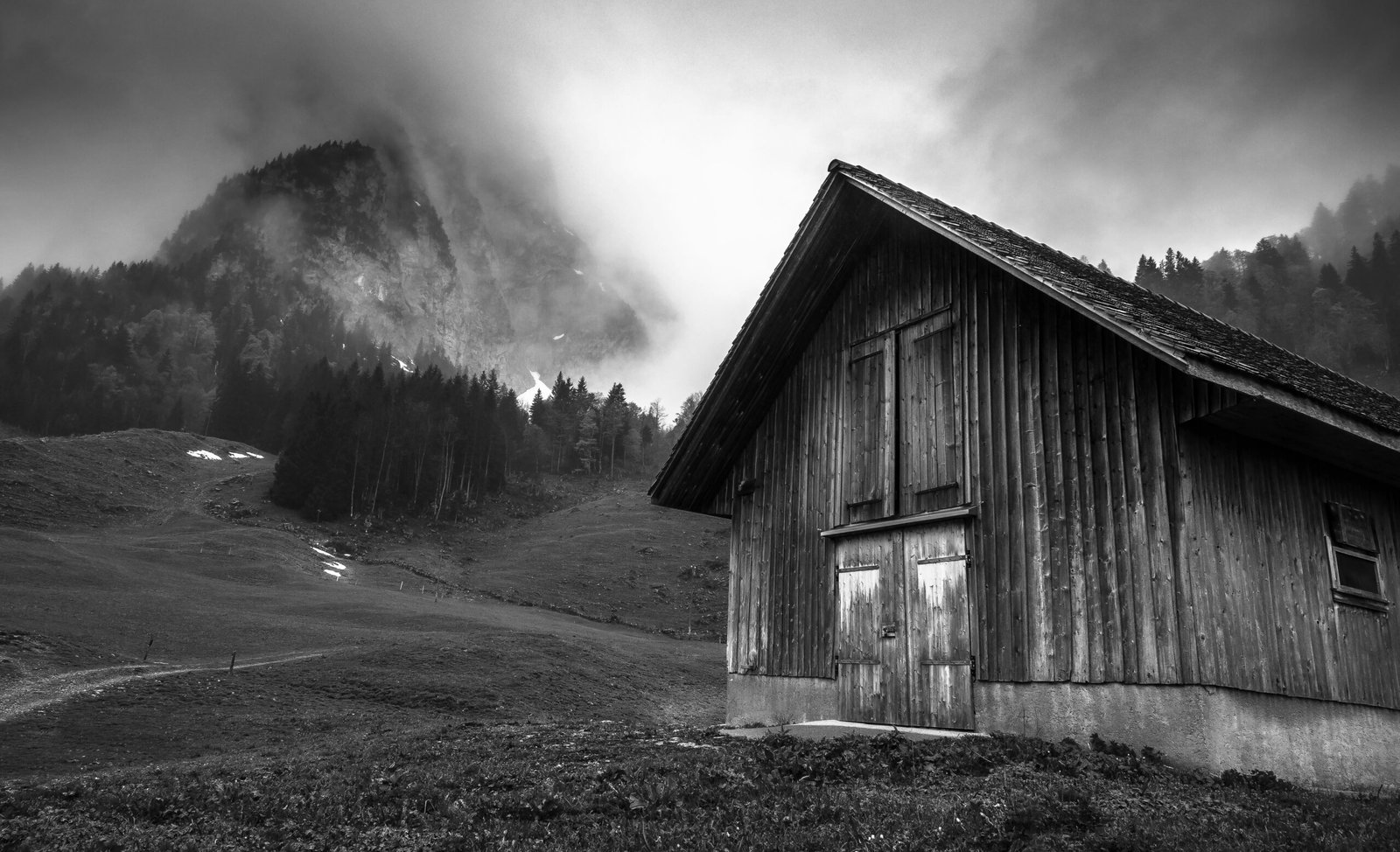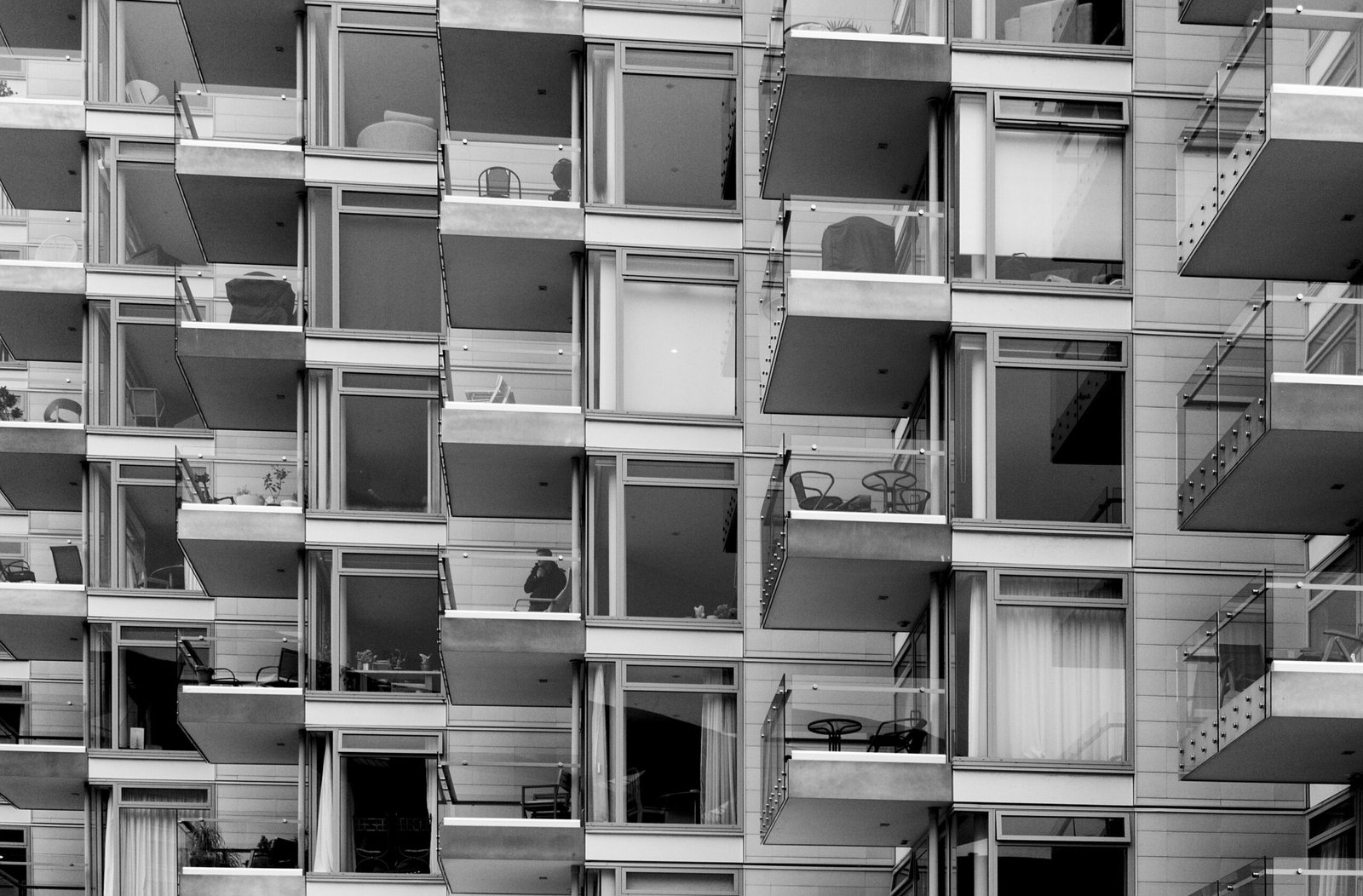Understanding Vastu Shastra
Vastu Shastra, an ancient Indian architectural science, serves as a guide for designing buildings and living spaces in harmony with the natural environment. The word “Vastu” translates to “dwelling” and “Shastra” refers to “scripture” or “knowledge.” Together, they embody a comprehensive philosophy that combines spirituality, science, and art. By paying close attention to the arrangement of spaces, materials, and elements, Vastu aims to create an environment that fosters health, happiness, and prosperity.
The significance of Vastu Shastra in Indian architecture cannot be overstated. It embodies the principles of balance and energy flow within a structure, influencing the well-being of its inhabitants. According to Vastu, each direction has its own unique characteristics and potential energy, which can affect the atmosphere of a home. For instance, the east is associated with the rising sun and is believed to bring positivity, while the west is often linked to stability and calm. Hence, understanding these directional attributes is vital for effective home decoration, especially during festivals when vibrant energy is desired.
Central to Vastu Shastra are the five elements—earth, water, fire, air, and space—which should be integratively balanced. For instance, ensuring adequate ventilation and natural light can enhance the positive energy flow in a space. By considering these basic principles, homeowners can purposefully design their living areas to resonate with auspicious energies, particularly during the festive season when homes are commonly adorned with decorations and symbols of joy.
Ultimately, Vastu Shastra provides valuable insights into the intricate relationship between space and environment. By respecting these traditions and measurements, one can enhance the festive spirit within a home, simultaneously inviting a sense of tranquility and balance. This understanding serves as a foundation upon which effective decoration strategies can be built during celebratory times.
Choosing the Right Colors for Festivals
Color plays a significant role in Vastu Shastra, as it is believed to influence the energy and ambiance of a space. Different colors can evoke various emotions and responses, shaping the overall atmosphere of your home, especially during festive occasions. It is essential to understand how the correct shades can enhance positivity, joy, and harmony in your living environment while adhering to Vastu principles.
Each festival carries its own unique essence and is often associated with specific colors. For instance, during Diwali, vibrant hues such as gold, yellow, and orange are considered auspicious. These colors symbolize wealth, happiness, and prosperity, making them ideal for decorations. Incorporating these shades through items such as cushions, curtains, or even wall paint can create a warm and inviting ambiance.
Similarly, during Holi, bright colors like pink, green, and purple signify joy and exuberance. These lively colors can be integrated into your décor through colorful flower arrangements, vibrant tableware, or decorative lights. The careful selection of colors not only aligns with Vastu but also enriches the celebratory spirit of the festival. Moreover, utilizing natural colors such as earth tones can help establish a sense of balance and tranquility in your home.
Incorporating color should not be limited to physical items. Wall hangings, artwork, and decorative elements can reflect the chosen hues to further resonate with the festival’s theme. Be mindful of the placement of these colors in relation to the five elements of Vastu—air, water, fire, earth, and space—to ensure that the energies in your home flow harmoniously. This attentiveness to color choice in decorating your home can significantly uplift the festive mood and contribute to a positive atmosphere conducive to celebration.
Aligning Decor with Directions
In Vastu Shastra, the ancient Indian science of architecture, the direction of a home plays a pivotal role in determining the energy flow within its spaces. Each room’s orientation is believed to influence the atmosphere, affecting the emotions and experiences of the inhabitants. Therefore, during festival seasons, it becomes essential to align decorations with the specific Vastu principles associated with different directions to uplift positivity and harmony in your home.
The northeast corner of a house, considered the most auspicious direction, is ideal for placing items that bring light and vibrancy, such as lamps and fresh flowers. This area is associated with wealth and spirituality, making it perfect for welcoming guests and creating a divine ambiance. Additionally, vibrant decorations using bright colors can enhance the energy flow in this section.
🩺 Powerful Health Spells That Restore & Rejuvenate
Boost your well-being, overcome fatigue, and heal with trusted spells crafted for body and mind.
For the southeast corner, which governs prosperity and wealth, consider incorporating festive adornments that symbolize abundance, such as decorative lanterns and colorful rangolis. Positioning these items thoughtfully in this area can attract positive vibes and financial growth. Furthermore, elements related to fire, such as candles, are beneficial here.
Moving to the southwest direction, which primarily represents stability and security, it is advisable to choose decorations that create a nurturing environment. Placing family photographs and symbols of love in this part of the home not only strengthens relationships but also solidifies emotional bonds. Soft, soothing colors can enhance the serene vibe of this area.
Lastly, the northwest corner is an ideal place for airy decorations that promote communication and social interactions. Utilizing lightweight elements such as streamers or draped fabrics can facilitate an uplifting atmosphere. Incorporating these Vastu principles into your festival decorating can significantly enhance the overall energy of your home, fostering an inviting and joyous environment.
Incorporating Natural Elements
Integrating natural elements into your festive decor is an essential aspect of creating a harmonious environment in line with Vastu principles. By embracing the beauty of nature within your home, you can enhance the festive spirit while cultivating a sense of tranquility and positivity. The incorporation of plants, flowers, and natural materials not only beautifies your living space but also promotes a fresh, vibrant atmosphere that aligns well with Vastu Shastra.
One effective way to incorporate natural elements is through the use of indoor plants. Plants such as bamboo, money plants, and peace lilies can significantly uplift the energy in your home. According to Vastu, specific plants are believed to attract prosperity and good luck, making them perfect additions during festive occasions. Additionally, incorporating fragrant flowers can elevate the mood of your celebration. Selecting blooms like jasmine, marigold, or roses not only adds color but also infuses your home with their delightful scents, creating an inviting ambiance.
Furthermore, using natural materials in your decor can enhance the overall aesthetic while adhering to Vastu guidelines. Items such as wooden sculptures, clay pots, and jute fabrics bring an earthy texture that harmonizes well with the rest of your decor. A well-designed space utilizing these materials can create a warm and welcoming environment, allowing your guests to feel at ease and in tune with nature.
When arranging these elements, consider the placement within your home. According to Vastu, placing plants in the east or north direction can foster positivity and well-being. Similarly, incorporating natural light through open windows and mirrors can help brighten your space and invite positive energy. Therefore, by thoughtfully incorporating natural elements into your festive decor, you can transform your home into a sanctuary that celebrates the spirit of the season while adhering to Vastu principles.
Creating a Welcoming Entrance
The entrance of a home during festivals serves as a critical point of transition, both symbolically and practically. According to Vastu Shastra, the entrance should represent an inviting space that emits positive energy and aligns with the principles of prosperity and happiness. One effective way to enhance this area is through the use of decorative elements that not only beautify but also harmonize with the core tenets of Vastu.
Implementing torans, or traditional door hangings, at the entrance can significantly uplift the ambiance. Crafted from vibrant fabrics, flowers, or intricate beads, these adornments are believed to attract auspicious vibes, safeguarding the home from negativity. When selecting a toran, ensure it is crafted from natural materials and features auspicious symbols, which can further enhance the overall energy of the space.
Rangolis are another vital component of festive decoration that can be effectively utilized to adorn the entranceway. These intricate designs, created from colored powders, flower petals, or even rice, can showcase artistic flair while adhering to Vastu principles. Ideally, rangolis should be crafted in bright colors and arranged in symmetrical patterns. Not only do they symbolize welcoming guests, but they also signify prosperity and abundance, promoting a positive atmosphere as people enter the home.
𖤐 Forbidden Dark Spells — Unleash Mystical Power
Harness the arcane, from hexes and curses to revenge and binding spells — real power for those who dare to command it.
Illumination is essential in creating a warm and inviting entrance. Strategically placed lights can enhance the beauty of your decorations while providing safety and visibility. Use soft, warm lighting to create a welcoming glow. Consider incorporating decorative lanterns or string lights, which not only illuminate the area but also add a festive touch, symbolizing celebration in alignment with Vastu principles.
Lastly, ensuring that the path leading to the entrance is clear and well-maintained is crucial. A clean and unobstructed pathway allows for the free flow of positive energies and encourages good fortune to enter the home. By implementing these Vastu tips, you can create an entrance that is not only aesthetically pleasing but also rich with auspicious energy during the festive season.
Lighting: The Heart of Festive Decor
Lighting plays a pivotal role in setting the mood during festivals, creating an atmosphere that resonates with joy and celebration. When decorating your home in accordance with Vastu principles, the careful selection and placement of lights can significantly enhance the overall energy and ambiance of your living space. Different types of lighting can be utilized, including decorative lamps, fairy lights, and traditional diyas, each serving to invoke a sense of warmth and festivity.
According to Vastu Shastra, the arrangement of light is closely linked to the five elements: earth, water, fire, air, and space. Properly aligning your lighting in relation to these elements can promote positive energy flow throughout your home. For instance, placing warm-toned lights in the southern direction can help amplify the energy of the fire element, which is essential during celebrations like Diwali. Meanwhile, using cool-toned lights in the northern direction can enhance the calming energy attributed to the water element.
Moreover, the impact of lighting extends beyond visual aesthetics; it also influences the emotional and psychological state of the inhabitants. Bright lights can invigorate and energize the environment, while softer, dimmer lights can create a serene and peaceful ambiance, making them suitable for meditation and relaxation areas. During festive occasions, incorporating a mix of both bright and soft lighting ensures that the space feels lively yet welcoming.
In addition to strategic placement and selection, timing plays a crucial role. Turn on your lights at dusk to welcome the festive spirits and enhance the celebratory mood as night falls. By paying attention to these Vastu-driven lighting techniques, you can elevate the festive experience within your home, ensuring that the energy flows harmoniously and joyfully during your celebrations.
Sourcing Eco-Friendly Decorations
Eco-friendly decorations have become increasingly important as more individuals seek to incorporate sustainability into their festive celebrations. This approach not only addresses environmental concerns but also aligns beautifully with Vastu principles, which emphasize harmony with nature. By choosing sustainable materials and practices, one can create a festive ambience that is both vibrant and responsible.
When selecting decorations, consider utilizing natural elements such as flowers, leaves, and bamboo. These materials are biodegradable and can be sourced locally, reducing the carbon footprint associated with transportation. Dried flowers and foliage can serve as exquisite centerpieces or garlands, adding a rustic charm that resonates with traditional aesthetics while remaining eco-conscious.
Another effective strategy is to recycle or repurpose old decorations. For example, consider transforming last year’s ornaments into something new by using paint or fabric to give them a fresh look. Similarly, glass jars can be converted into lanterns or candle holders, infusing your home with a warm glow during festive nights. This creative reuse not only minimizes waste but also instills a sense of personal connection to each piece.
As you explore your options, look for decorations crafted from sustainable materials such as jute, recycled paper, or organic cotton. These materials not only enhance the beauty of your space but also embody the spirit of sustainability that is increasingly vital in today’s ecological landscape. Many artisanal vendors and local craftspeople offer handmade decorations that reflect traditional craftsmanship and environmental awareness, perfect for enhancing your home during festivities.
Incorporating eco-friendly decorations into your celebrations enriches the festive spirit while fostering a more sustainable future. By being mindful of materials and focusing on recycling, you can create a joyful environment that aligns with both Vastu principles and environmental responsibility.
Setting Up Spaces for Celebrations
Creating a harmonious environment during festive occasions is essential for enhancing the celebratory spirit in the home. Vastu Shastra provides guidelines that can be applied to design spaces that emphasize unity, joy, and auspiciousness. Central to this concept is the establishment of dedicated areas for specific activities, such as pooja, dining, and social gatherings.
Begin by designing a serene pooja area, which holds significant importance during festivals. It is advisable to locate this space in the northeast direction of your home, as this placement is believed to attract positive energy. Ensure that the pooja setup is clutter-free, featuring idols or images that resonate with good energy. Using natural materials like wood for the altar can further enhance the spiritual ambience. Incorporating fresh flowers and incense can enrich the sensory experience, inviting tranquility into the space.
Dining spaces play a crucial role in bringing family and friends together during festivities. A spacious dining area, preferably located towards the west or south, allows for comfortable seating arrangements. Ensure that furniture is well-organized, with a round or square dining table promoting unity and encouraging open conversation. Utilize warm colors and festive décor, such as traditional table settings or handmade items, to create a welcoming atmosphere.
Equally important are gathering spots, where guests can mingle and share joyful moments. Opt for seating arrangements that encourage interaction, and avoid blocking pathways to facilitate easy movement. Strategically placing mirrors can amplify light and energy, making the area feel more expansive. Incorporate festive decorations that reflect cultural significance, enhancing the overall experience. Candles and ambient lighting can also help in creating a cozy yet celebratory atmosphere.
By thoughtfully organizing these spaces, residents can create an inviting environment that embraces the essence of the festival, fostering harmony and joy among participants.
Conclusion
In essence, harmonizing festive decorations with Vastu principles can significantly enhance the ambiance of your home during celebratory occasions. By thoughtfully incorporating elements that align with Vastu, you not only elevate the aesthetic beauty of your living space but also foster a positive energy flow that contributes to the overall festive spirit. Key Vastu tips include utilizing natural materials, selecting appropriate colors, and arranging decor items in a manner that complements the inherent energy of your living spaces.
Furthermore, positioning symbols of prosperity and happiness, such as rangoli designs or decorative lights, in alignment with Vastu guidelines can empower your home with vibrancy and joy. It is essential to remember that each decoration serves a purpose, influencing both the atmosphere within your home and the emotional responses of its inhabitants. Each festival presents an opportunity to refresh your decor while remaining faithful to Vastu, thereby achieving a balance that resonates with tradition and modern aesthetics alike.
Moreover, enhancing the spatial arrangement of your home by integrating plants, mirrors, and strategic lighting can create an inviting aura for guests and family members during festivals. This thoughtful approach not only fosters a sense of belonging and connection but also contributes to overall wellbeing. As you embark on your festive decorating endeavors, consider the various elements discussed throughout this blog, weaving them together to form a harmonious narrative that reflects both celebration and tranquility.
By embracing Vastu principles in your festive preparations, you can transform your home into a sanctuary of positivity and warmth, ensuring that each festival resonates with joyous energy and harmonious vibes. Ultimately, this blend of Vastu with festive decor creates a memorable experience, enriching each celebration with beauty and significance.










